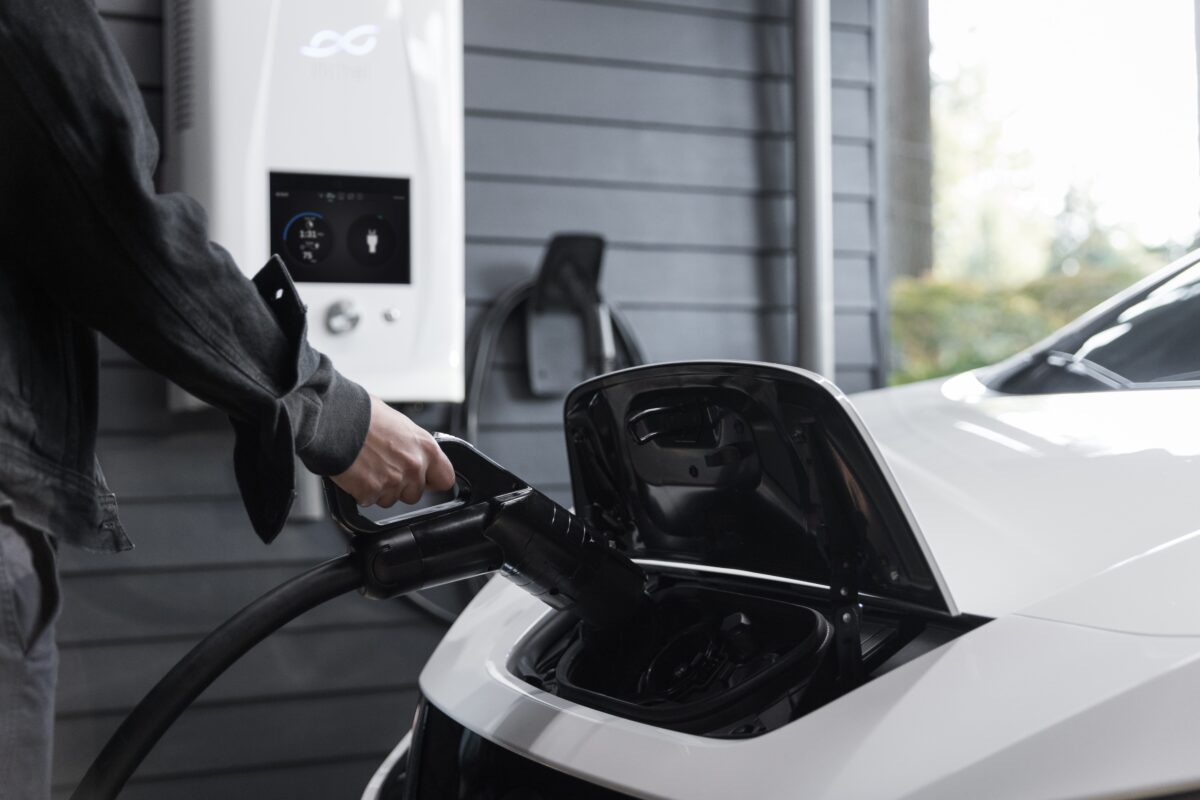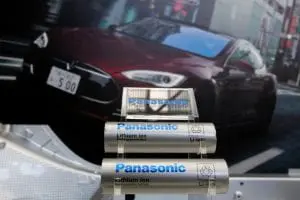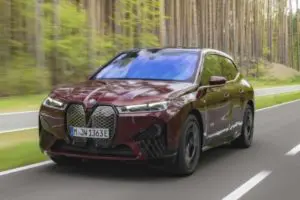Managed electric vehicle (EV) charging could save energy network and generation owners millions, but only if they can convince drivers of the future to hand over control of their refuelling electricity use.
Distribution network service providers (DNSPs) can save $400 to $800 per EV owner annually, if their customers allow a third party to manage their vehicle charging at home, just in avoided investment to upgrade network capacity, says Jemena executive general manager of networks Shaun Reardon.
He was arguing the case for managed charging at his Australian Energy Week session, as the company expects to add 25 per cent new customers by 2035 to its network, including 300,000 EV owners.
The potential savings that Reardon was pointing to are the results of a one year study with 170 EV owners published in April with the Australian Energy Regulator.

Compared to the estimated benefits, Jemena paid out an actual $84 per EV owner for “event” incentives during the trial.
Networks expect huge ramp up in demand from EVs
The rapidly rising numbers of EVs forecast for Australia is creating not a small amount of concern around how to manage the extra residential power needs that come with EVs — hence the threat
“On average, we see that for a typical household if you add in an EV to charge it adds about 40 per cent to the consumption of that household,” Reardon says.
“[By 2035], we do anticipate a bit under doubling of peak demand.
“If we are able to manage that really well, we can improve that ratio of energy throughput to peak demand, and through optimising the timing and the flexible services for a lot of the electric vehicles and solar, then that provides that opportunity to create a more efficient grid in the future.”
The alternative he sees is that “a very unconstrained rollout” of EVs will lead to a huge ramp up in investment required throughout the energy grid.
Let us look after your charging
According to Jemena’s estimates from its pilot, at $400-800 per EV owner those extra 300,000 cars will cost DNSPs between $120 million and $240 million a year in network upgrades to cater to EVs alone, if their owners don’t engage with managed charging.
Jemena’s budget for network upgrades between 2021-26 averages $125,000 per year, which suggests those savings — or cost — figures could be at the higher end of the budgetary spectrum.
Managed charging is a concept that gives third parties access to smart chargers in order to adjust power levels up or down, or shift charging sessions to different times of the day.
Reardon says convenience charging risks adding to existing demand peaks and requiring further investment in energy generation, transmission, and distribution, while scheduled charging, where EV owners charge during periods of cheaper power, risks creating new peaks at different times of the day.
“Managed charging, which is certainly what we’re advocating for where a party like distributors, such as ourselves but it could be an aggregator or retailer as well, brings together customer loads and provides those signals about the optimal times that we want you to charge or not to charge.” he says.
“We see that as a really big opportunity to be able to mitigate some of the minimum demand risks as well as mitigate peak demand growing excessively.”
The one year pilot study, which is outlined in the final report on the Australian Energy Regulator’s website, encouraged the EV owners to participate by offering a free JET Charge ChargeMate charger, $5,800 in total to participate in surveys, $14,400 across the cohort to participate in “events”, and $51,000 in loyalty bonuses.
On average, 60 per cent of the EV owners participated in 10 “events”, such as encouraging them to charge during the day to be solar soaks or demand response where Jemena would limit or encourage them to charge until later in the evenings which would pay $1 per kWh of avoided consumption.
“We found that 60 per cent of participants were happy to allow the electricity network business to dynamically adjust their EV charging during the trial,” Reardon says.
“One of the disclaimers you might say is that the people that we did have participating in the trial were signed up two years ago, so they were very much early adopters [and] they may not be the true representation of where our mass market will get to. We may find when we get further down the path then that support for managed charging may not be as high when we get to a much larger mass market.”
In the absence of mass managed charging, Jemena is also looking at optimising dynamic envelopes, which is when export limits are varied over time rather than fixed, in order to create more cost reflective pricing for consumers — tariffs that better reflect the true cost of power at any one time.
Fear and excitement over 1 million EVs
In an ideal world, according to DNSPs, they would know exactly what is charging on a network and where, at any time of day in order to manage load.
That means companies like Jemena are pushing hard for standards that encourage smart charging infrastructure, and even registers of EV chargers — a database that Queensland state-owned company Energex is already asking EV owners to sign up to.
Reardon cited Norway, which has the highest EV adoption globally of 80 per cent per capital, as a guide to how to encourage the purchase of smart chargers, with discounts, and also scheduled charging as a way to alter consumer behaviour around their impact on the grid.
“EV [numbers] have doubled over the last year. But albeit off a very small base from 40,000 to 80,000 EVs and a growth of 3.8% of new vehicles over the last year,” he says.
“The Electric Vehicle Council is calling for a million, I’ve heard forecasts from the government of 1.7 million electric vehicles by 2030, which will require a lot of charging by networks. So whilst we’re slowly starting, you can imagine that that hockey stick once the supply of vehicles is available.”










